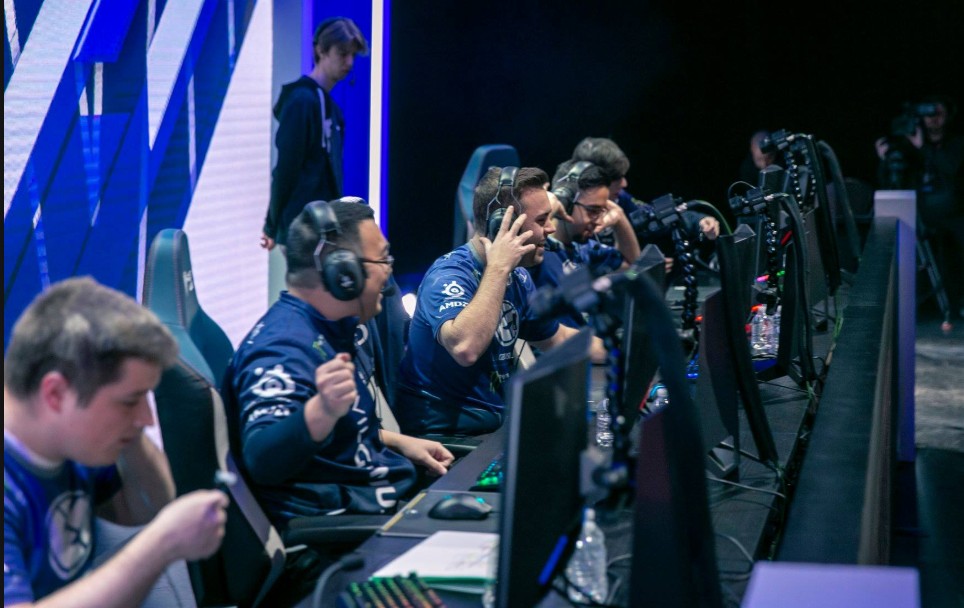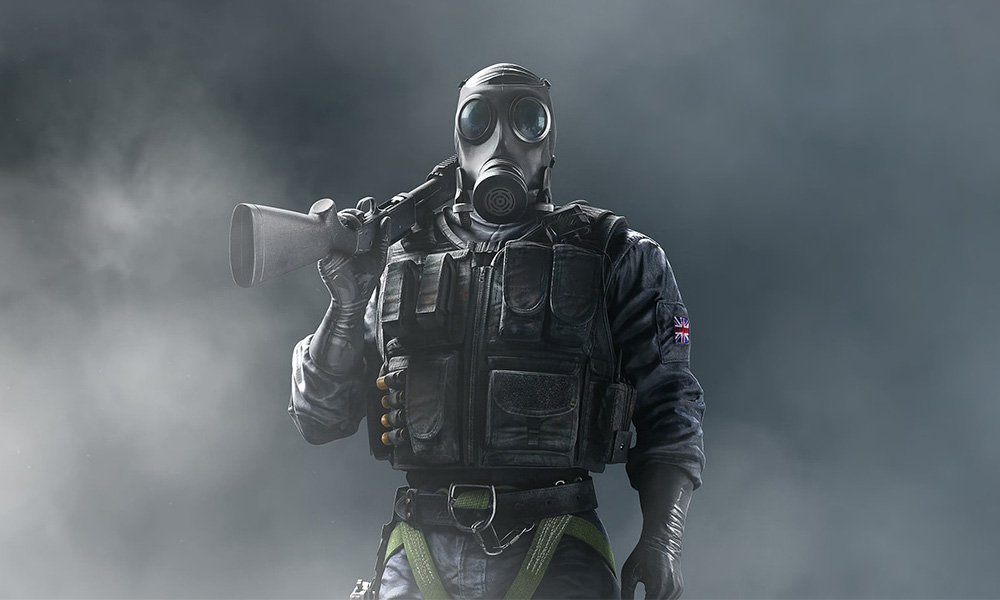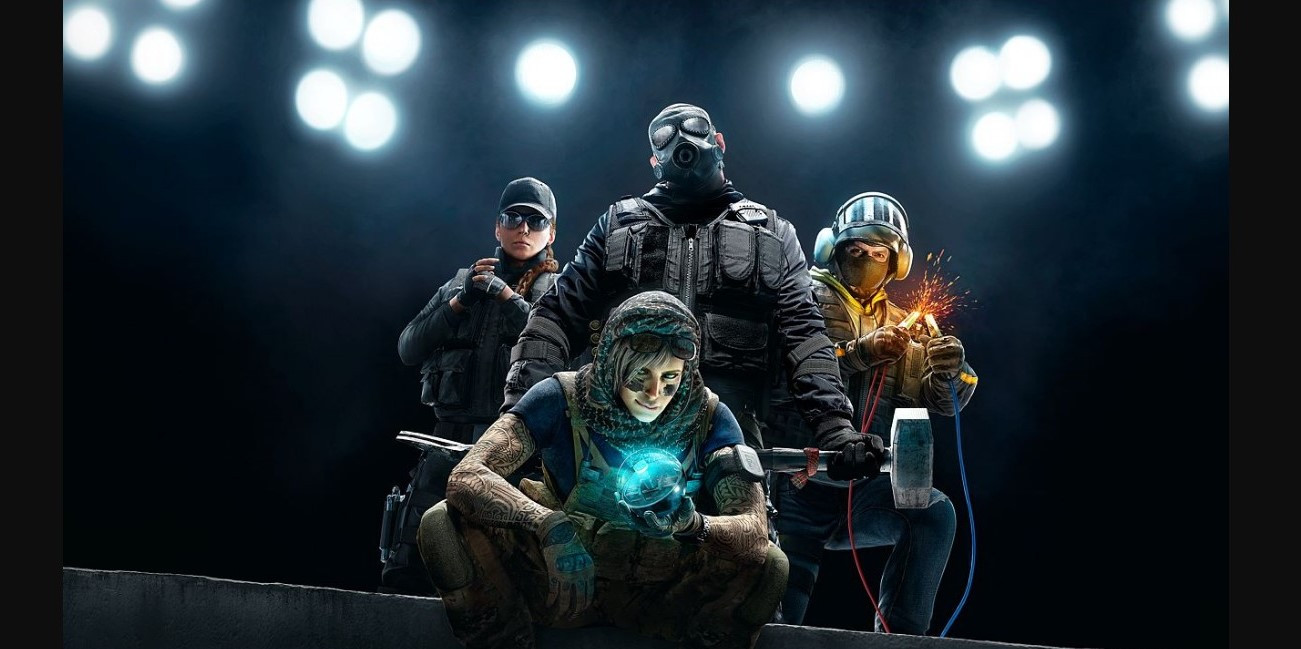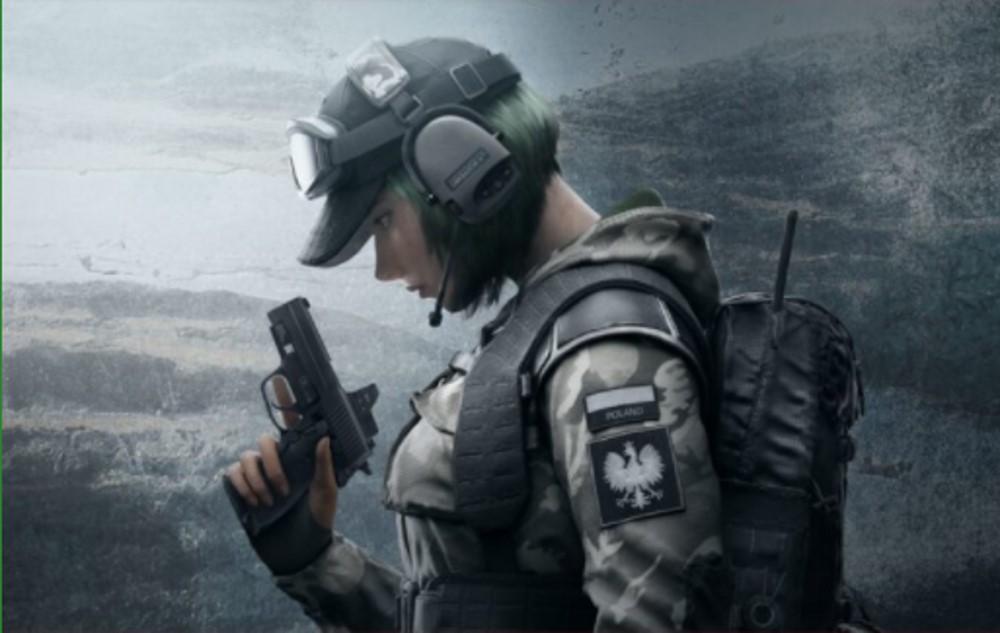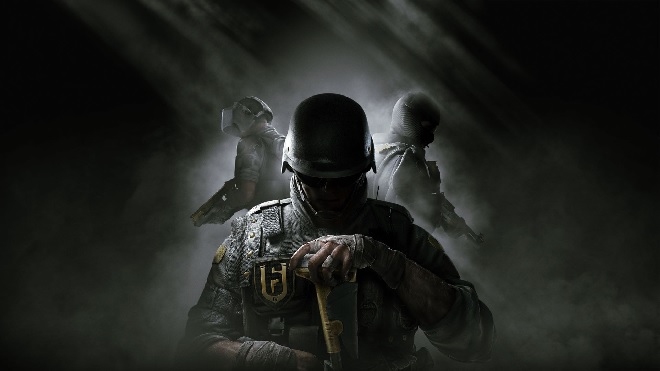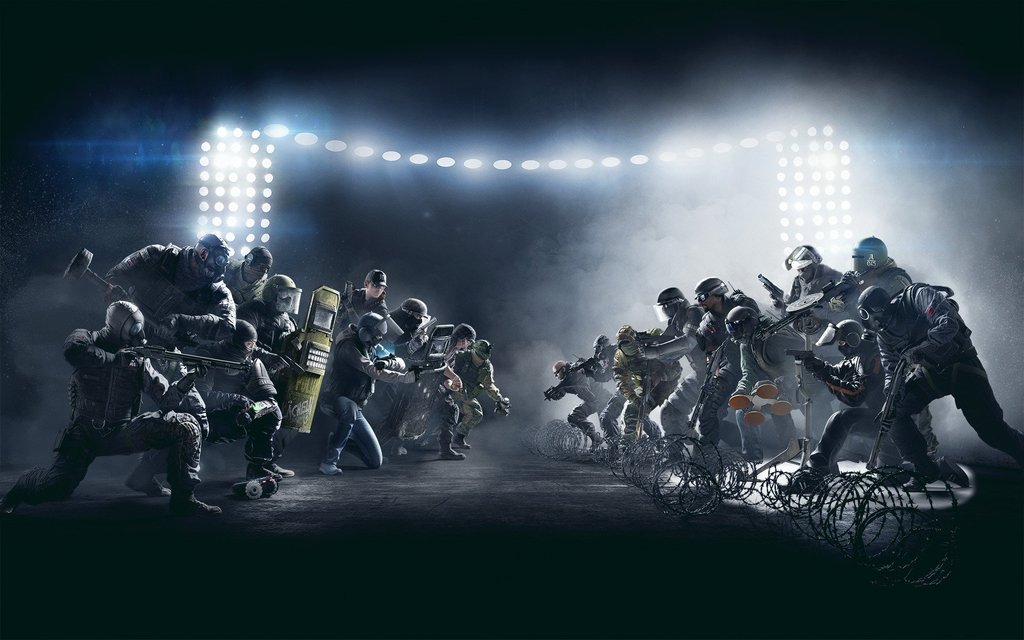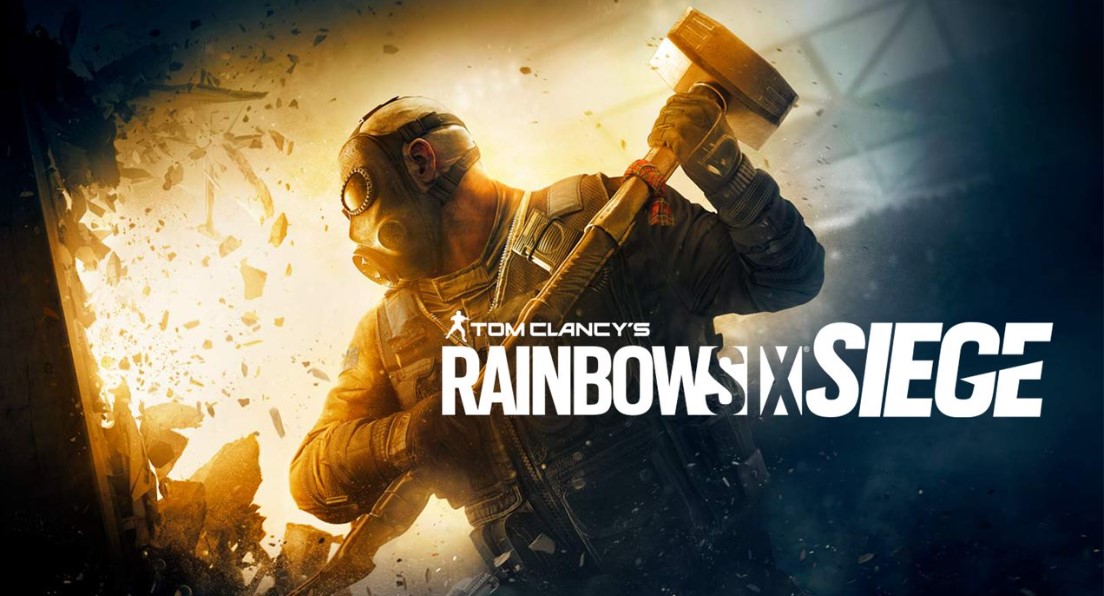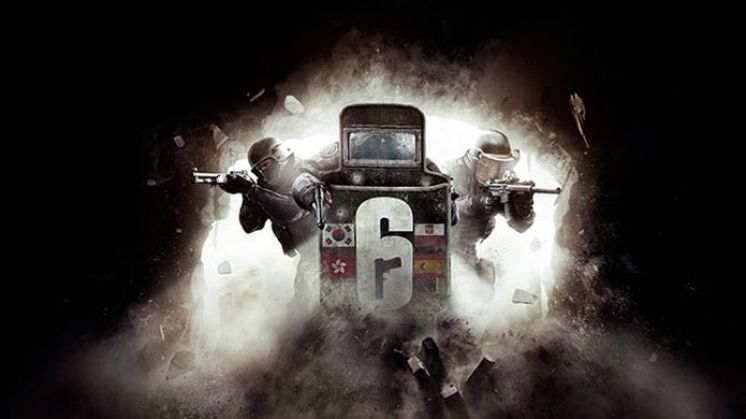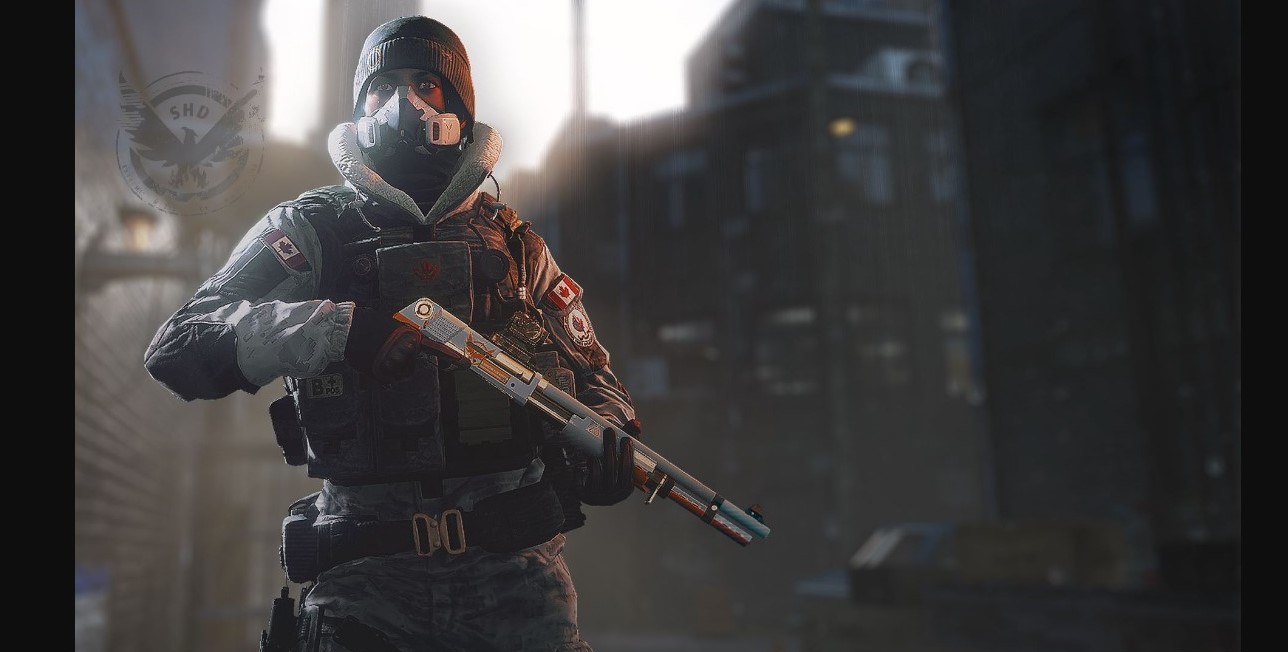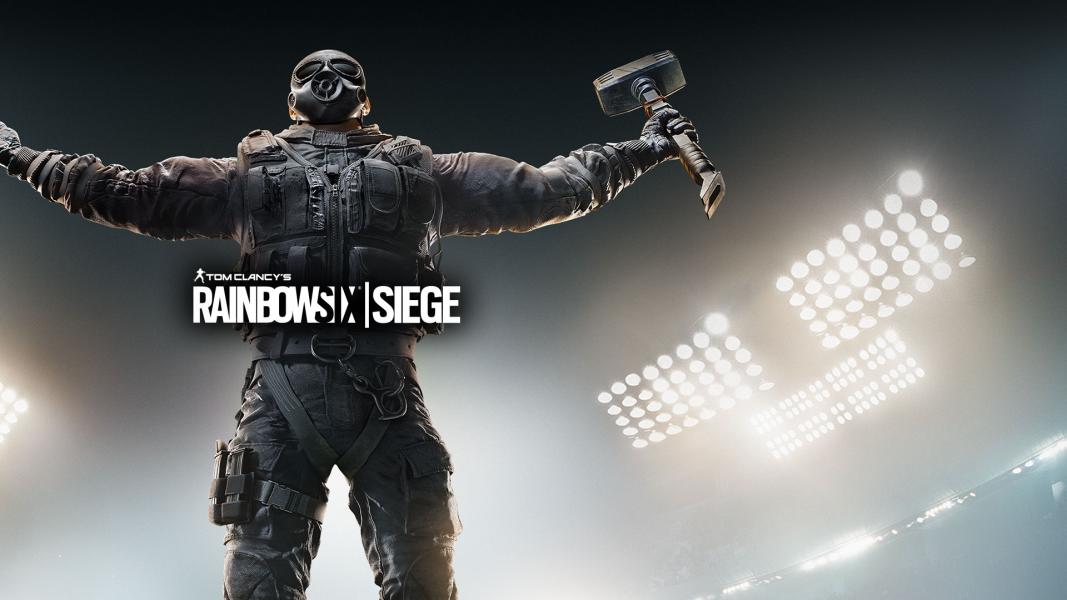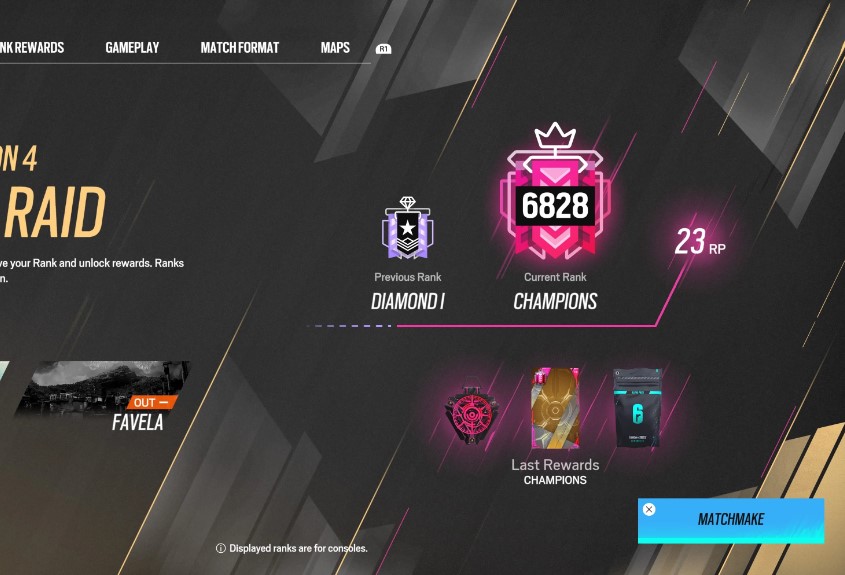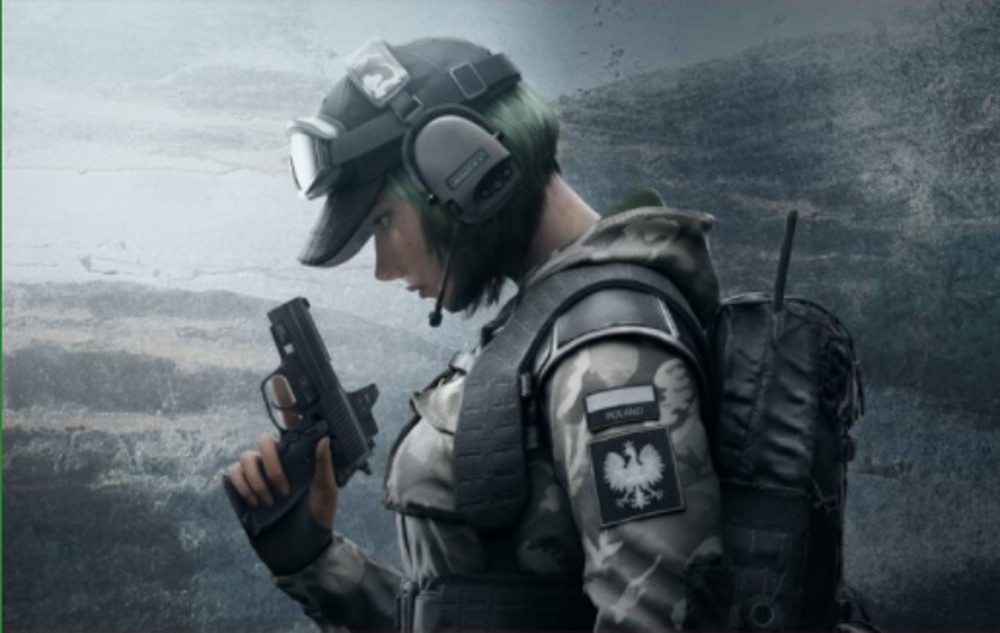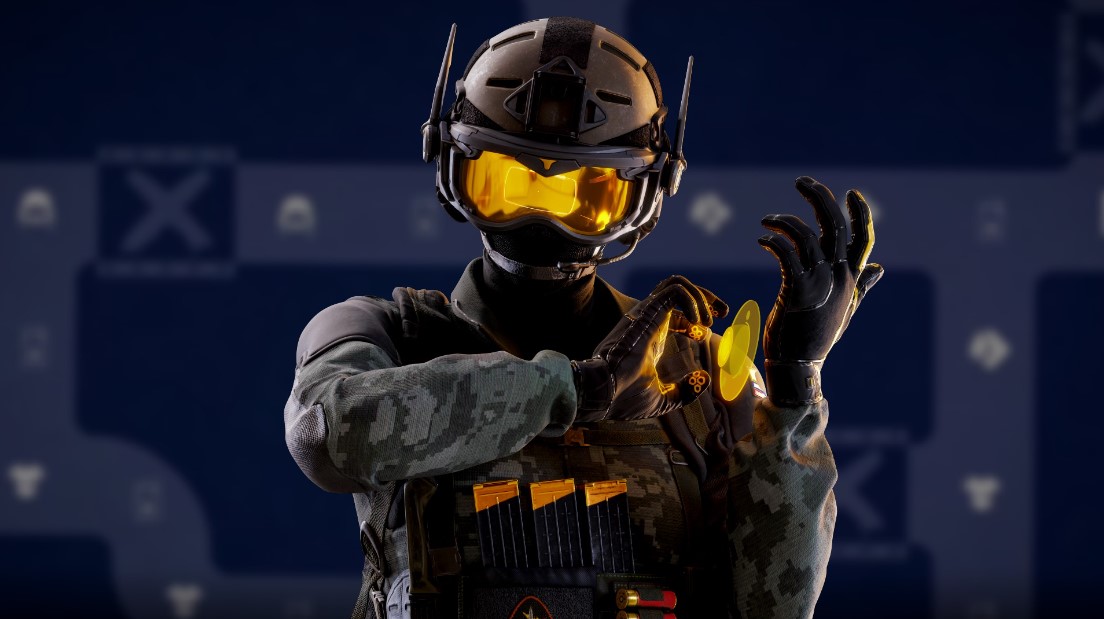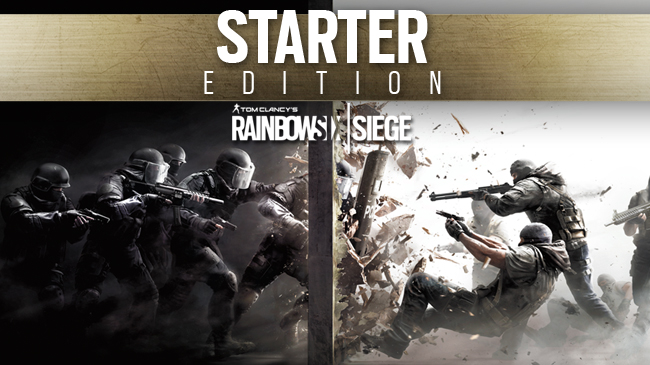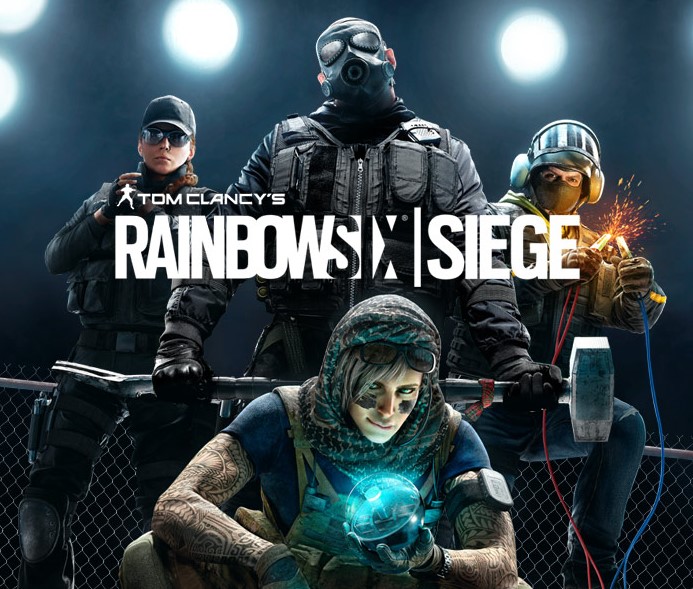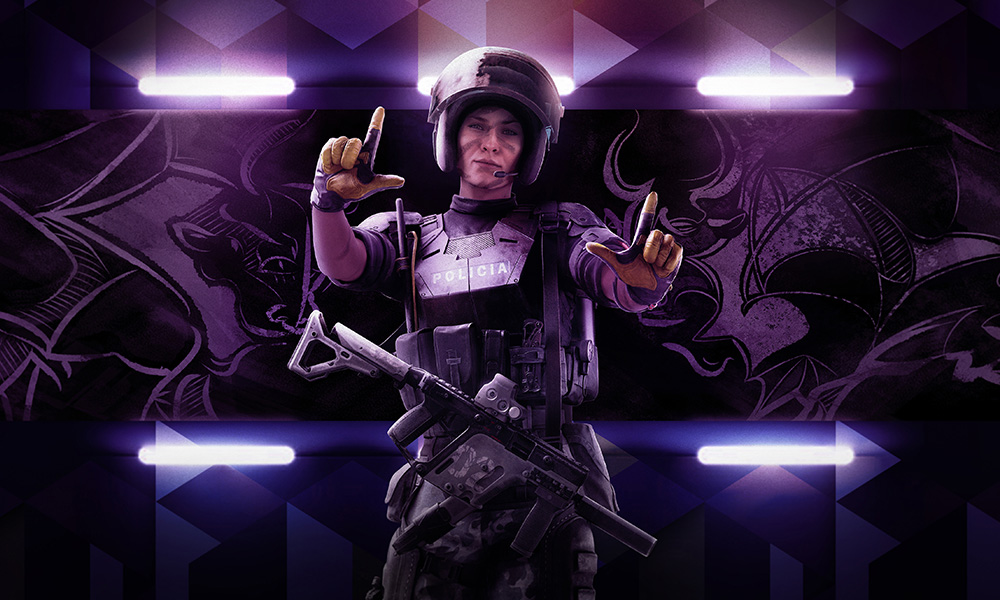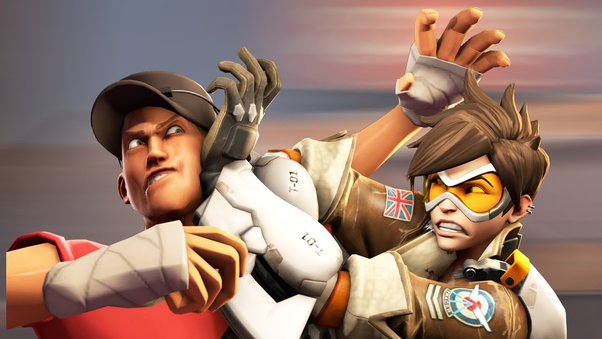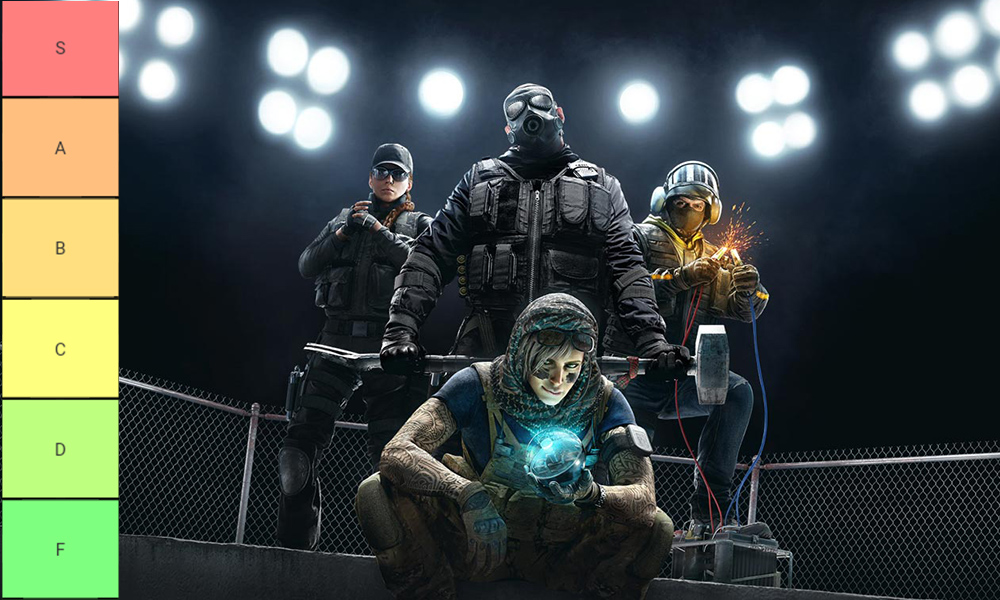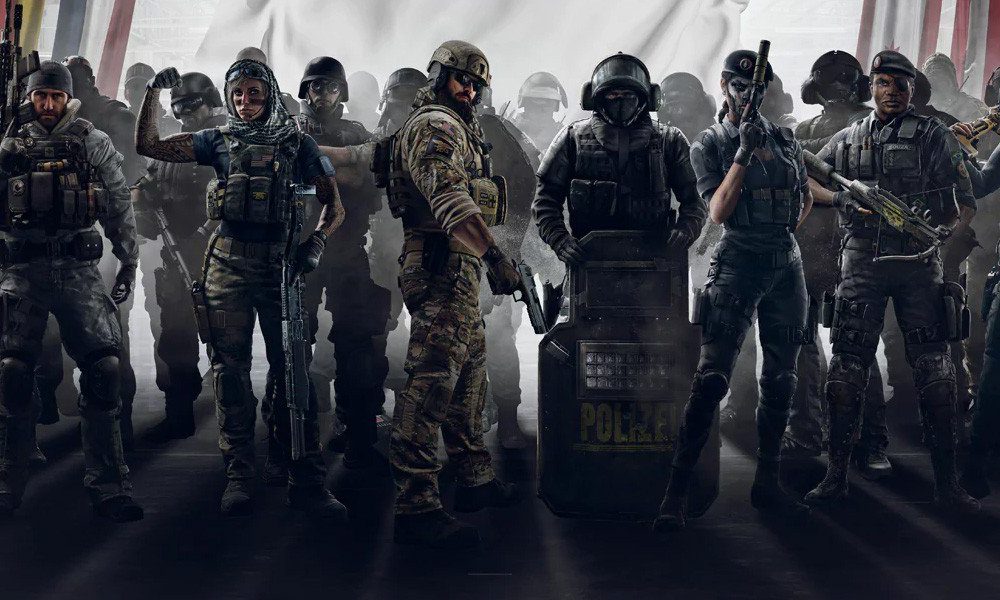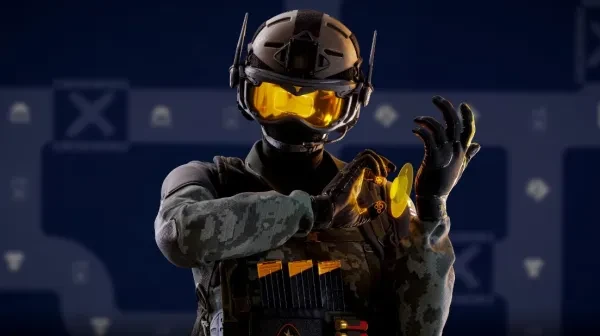
Are you struggling to climb the ranks in Rainbow Six Siege? Don’t worry, today I’ll be showing you everything you need to know about how to win more ranked games and improve your game IQ.
Why is Rainbow Six Siege hard to master?
- Requires a lot of knowledge on various aspects, including maps, operators, and how the community plays
- Requires good aim to apply that knowledge.
- Very unforgiving for mistakes; one wrong decision can cost the entire team that ranked game.
- Requires team play and cooperation.
- The big learning curve means you’ll be failing and dying for hundreds of hours, which not every gamer is comfortable with.
25. Adjust your sensitivity
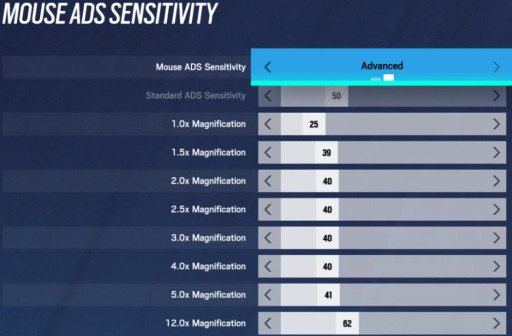
I highly suggest you test out what you usually use in other shooters like Call of Duty and Counter Strike; if not, stick to a medium to low sensitivity (around 25–30 is a sweet spot for most players), then experiment from there.
Why not a high level of sensitivity like these Pro League players? In high sensing, you’re trading accuracy for reaction time. In Siege, especially for starters, accuracy is a priority.
24. Learn operator abilities
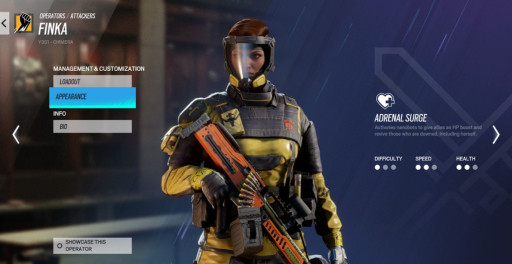
Operators in Siege all have different weapons and unique skills; some are fast, others are slow; some have lethal abilities, some don’t. You have to know all 67 operators’ abilities and weaknesses.
How do you learn operator abilities?
- Read operator descriptions.
- Watch how your teammates and enemies use them.
- Siege provides an operator guide and a label like Intel for IQ and Breach for Thermite; read that in the operator’s menu.
- Keep in mind that most operators counter each other, so find weaknesses and exploit them.
23. Learn default camera spots
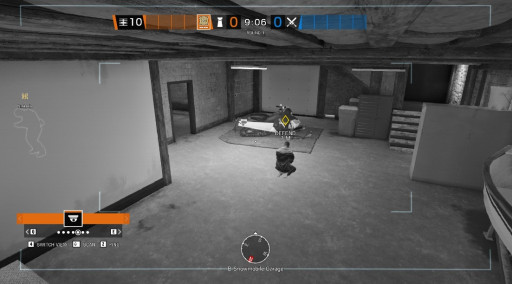
Why? Because if defenders use them well, they can get deadly information like:
- Live location, and what operator you’re using.
- Your intentions and what you plan to do (say, thermite next to a hard wall)
- Your location based on your footsteps without even seeing you.
For all these reasons, you must pay careful attention to where cameras are, memorise them, and remember which cameras get the most information. You can go an extra step and learn about common Valkyrie cams.
22. Pick the right weapon sight
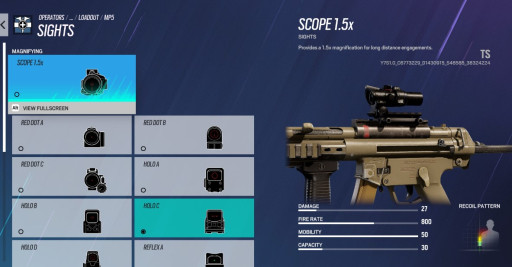
For starters, you should avoid high-zoom sights on Attack because you limit your vision and almost always lose close-to-mid-range gunfights (which happen to be the most common types of gunfights). Stick to x1.5 or x2.0.
Also pay attention to the weapon’s recoil pattern and see if it’s better on x1.0 or x1.5, especially defenders’ SMGs. I suggest you use x1.5 as much as possible for both attack and defence, as it gives you a clear tactical advantage. If not, holographic is excellent.
21. Pick the right attachments
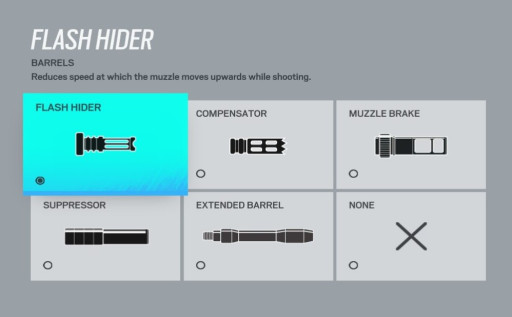
You should try out attachments for every weapon and fit the right piece for the right recoil pattern. Flash hider for vertical recoil (good for assault rifles like Nomad’s AK) and compensator for horizontal recoil (good for SMGs like Ela’s Scorpion EVO)
I personally combine vertical grip (less vertical recoil) with an extended barrel (high damage output and range) for most weapons, unless it’s really rough on recoil, then I use a compensator or flash hider.
20. Always open a rotation between sites
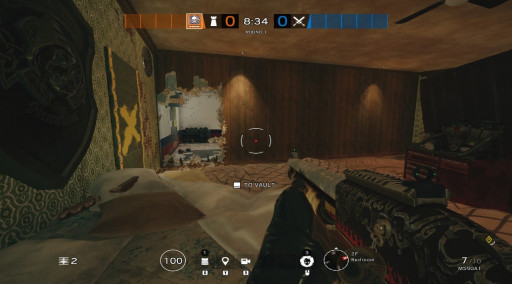
Rotations in Siege are holes defenders make in the wall connecting bombs A and B. They’re the one thing you shouldn’t mess up on defence because they’re important for moving around between sites, especially if attackers are in. If it's closed, you’ll have a hard time getting to the other site to diffuse or clear attackers.
Most players know what a rotation is, so all you have to do is memorise which wall they opened, whether it’s teammates or enemies.
If you’re an attacker, you need to know where rotations are so you know where they’re coming from.
19. Anchor if you can’t roam
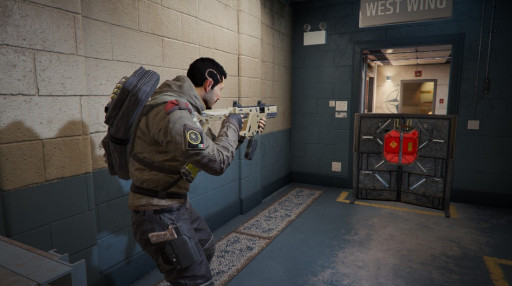
You should know that roaming is slightly harder than anchoring because you can be pushed by multiple people and have no teammates or gadgets to help you. So, roamers are usually the better players in the aiming and map knowledge department.
If you feel like you’re always surrounded and can’t hold back multiple attackers pushing you, stay in sight. Pick Rook, Doc, or any anti-entry or trapper operator and help your team gather information and control entry points.
18. Countering spawn peeks
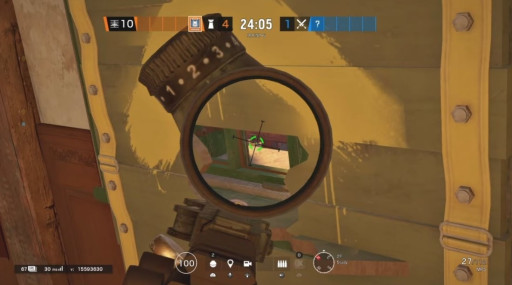
How do you counter spawn peeks?
- The most obvious way is by dying (or watching a teammate die) to that spawn peek, so you can watch the replay and see how that Defender saw you.
- Remember where you got spawn peeked and try to shoot first, but it’s highly unrecommended since spawn peekers usually see you before you see them.
- Avoid the spawn peek area completely; simply spawn where it’s safe.
- Drones common spawn peek windows; it’s always weird if a rook (supposed anchor) is upstairs running around.
- Fire warning shots; some players get spooked.
Surviving spawn peeks comes with time, but overall, if you update yourself on community trends, you should be fine.
17. Countering runouts
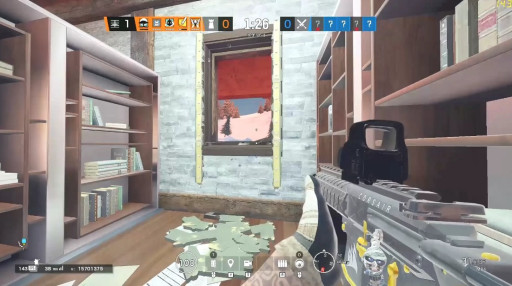
Runouts are Defenders running out of the building (yes, to be detected) to kill an Attacker. If you’re a new player, you’ll be dying a lot from runouts.
Why are runouts hard to counter? They rely on the element of surprise; an unsuspecting Blackbeard in Coastline rappelling from a penthouse window is almost guaranteed to die from a runout from the service door.
How to counter runouts
- Always place claymores or air jabs on common runout spots, even if it’s not for you. You can learn these spots with enough time and practice. You can speed up the learning process by asking around or watching YouTube.
- Runouts rely on breaking the window or door, so listen carefully for an impact grenade hitting a window or breaking sounds.
- Don’t stay rappelled on a window for long or sit on your drone outside the building.
- Always check if default cams are broken. Runouts check cams to locate players.
- You’ll learn how to counter and run yourself out with enough practice, but always keep an open mind for learning and pay close attention to how your teammates and enemies die.
16. Common angles and pixel peeks
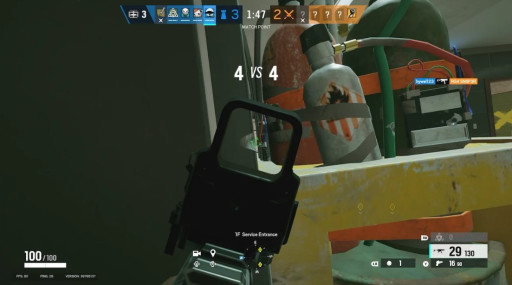
To best describe gunfights in Siege, it’s a matter of who sees who first, so make sure you’re always ready to start firing without having to drastically adjust your aim.
Common angles and pixel peeks are angles players hold that predict where the enemy’s head or body will be before it’s even there; pixel angles take it a step further and only rely on seeing a small part of the enemy’s head.
How do I use angles to my advantage?
- Watch very closely how you and your teammates die, where the enemy was standing, where he was aiming, leaning right or left, crouched or standing, and what was covering him (and preventing you from seeing him).
- After doing the step above, copy exactly what was done and use it to your advantage, either by using the angle or shooting right at it. Knowing the angle removes the element of surprise.
- You should always hold an angle that covers most of your body. You can tell that you’re covered if that cover occupies your screen. A good player spends most of his time aiming at an angle.
- Don’t be caught running out in the open, and if you want to move, aim at the most probable location that enemies will peek from.
Keep in mind that some angles can be too common, which lets your enemy know exactly where you are and will shoot first, and I’ll discuss how to use that to your advantage on tip number 4, so continue reading.
15. Play safe
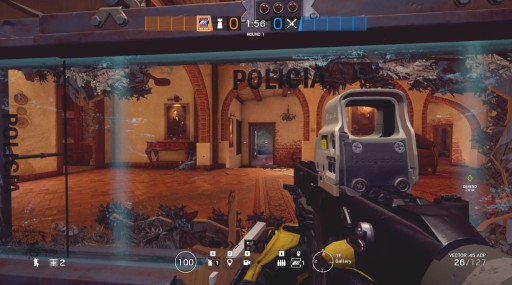
Playing safe is important in Siege, especially for Defenders. You need to waste as much time as possible on Attackers because if they’re down to 20 seconds, they’re more likely to make mistakes.
Always hold an angle and gather information; only make significant moves when you absolutely need to. If you’re caught in a gunfight and there’s a chance you’ll lose it, do some damage and retreat.
Also, don’t run or shoot because you’re bored!
14. Quick peeking
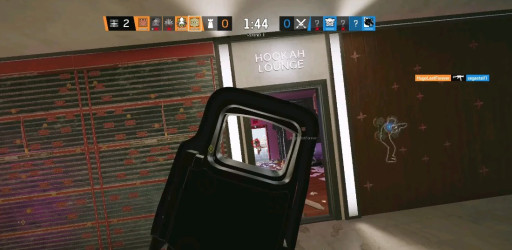
Why is it useful? It lets you gather information and sometimes eliminate enemies with a lower risk of dying than whoever is holding the angle on you. If you peek slowly, you’ll lose your head; if you peek quickly, there’s a good chance you’ll survive with their exact location!
How can you learn and use quick peeking?
- Use it for information rather than getting kills; quick peeks are useful for clearing rooms risk-free.
- You’ll have an easier time shooting common angles that you normally wouldn’t be able to shoot if you slow-peek.
- Keep in mind that quick peeking requires a lot of muscle memory and practice, so make sure you master it in T-hunt first.
- It’s better if you see and learn in live action, so I suggest you watch some Pro League on YouTube.
13. Recoil control
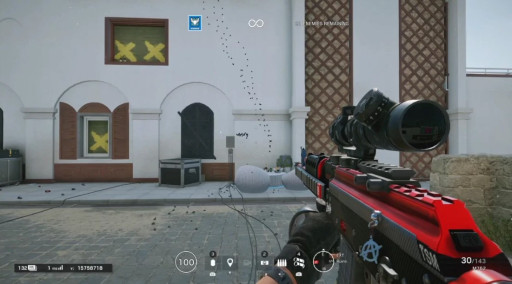
Recoil mastery is necessary in Siege because what good are your brain and knowledge if you miss twenty of the 31 bullets in the mag?
How do you master recoil control in Siege?
- Hit the shooting range and learn how each weapon shoots.
- Practice T-hunting to learn how to hit moving targets.
- Apply the right weapon. attachments; some weapons are impossible to control without the right attachments.
- Use weapons and operators you’re most comfortable with; if you can’t hit anything with Twitch, then maybe Twitch isn’t the operator for you.
- Play around with your sensitivity settings. I suggest low vertical with high horizontal. V35 H75 ADS35 is what I use, but everyone’s different.
- Recoil control comes with enough time and practice, so don’t worry if you miss a lot; just make sure you hold the right angles so even if you miss, you’re still likely to get the kill.
12. Make use of your gadgets
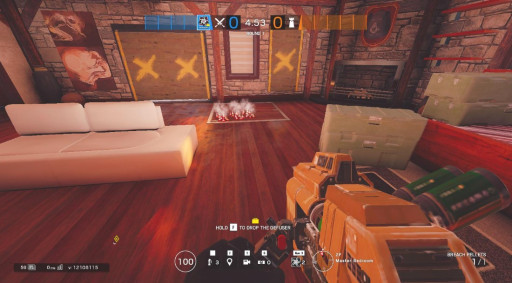
Gadgets are very powerful if used correctly; they make all the difference. Here are some examples:
- Breaching with thermite exposes the site and puts pressure on defenders.
- Playing Rook gives your teammates extra armour and the ability to self-revive if downed.
- Lesion exposes the attacker's location, slows them down, and even denies a plant in critical times.
- Smoke can prevent Montagne from pushing you or planting.
- Jager can make the difference between wasting an attack grenade and killing you with it.
- Jackal can stop roamers from freely moving around and flanking your teammates.
These are just basic situations; there are so many more strategies that allow gadgets to determine whether you win or lose the round, so always make sure you have a strategy in mind and a plan B in case the enemy can counter it.
11. Try to counter beach on Defence
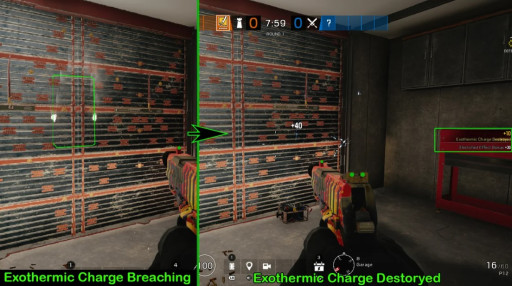
Always reinforce walls that can be accessed directly from outside and bandit trick them, if possible, by placing a battery right when a breacher places his gadget on the wall to prevent the wall from being opened.
Trust me, one less entry point to worry about is well worth picking Bandit, plus you get an MP7, which is one of the best SMGs in the game.
10. Try to breach on Attack
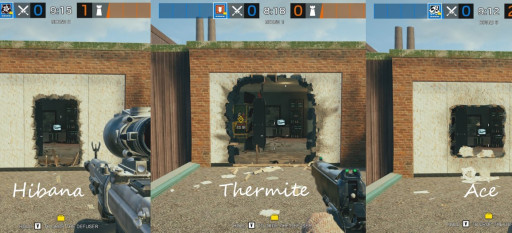
Which breacher should you pick? Try Hibana for hatches, Ace for flexible breaching from a distance, and Thermit for a wide hole at the risk of getting too close to place it.
All three breachers have great weapons, so you can’t go wrong with picking a breacher on Attack. Just make sure you have an EMP grenade, Twitch, IQ, or Kali to get the batteries, jammers, or electro claws for you.
9. Drone ahead
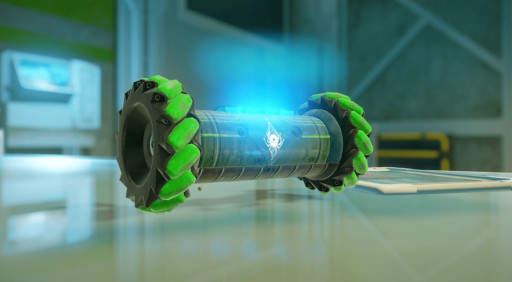
How to drone effectively:
- Always pre-place a drone on an active spot in or next to the site. You can copy your enemies and teammates to learn where to hide your drone.
- Check for traps in the next two rooms.
- Make sure no default cam sees your drone.
- Don’t drone for too long because the information might get old.
- Check for enemies or signs of enemies, like broken walls or blood.
- Check for possible hiding spots behind counters and corners.
- Listen closely for movement so you can track defenders.
- Droning relies on paranoia; the more you’re paranoid, the better. Don’t assume an area is clear unless you make sure it is.
8. Pick the right weapon
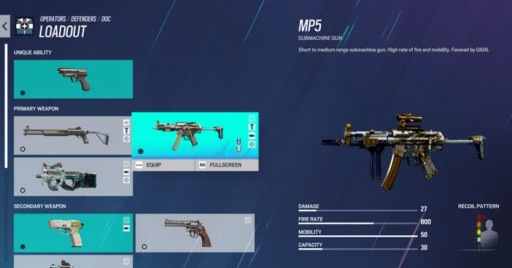
What you should be asking yourself instead is: What loadout do I need this round on this map against this team?
Loadouts in Siege aren’t one size fits all; a proximity alarm is much better in the kitchen in Kafe Dostoyevsky than an impact grenade. Pulse shotguns are excellent on the coast but near useless on theme parks. Do you see how subjective loadouts are?
So how do I pick the right loadout?
- Pick a weapon you’re comfortable with.
- If you need more ammo at the cost of damage, pick the SMG. If you’re an accurate shot, then pick the higher DPS DMR at the cost of fire rate.
- Pick a gadget your team needs; no impact on rotation? You get impacts.
- Don’t be afraid to experiment; if you find yourself not using your C4, then get barbed wire for your team instead!
7. Pick the right operator
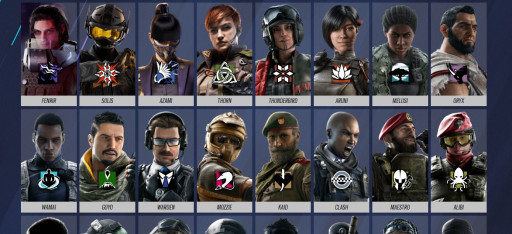
I see new players always picking the same operators, thinking they’re "broken," when in reality they can pick far better operators to help the team win.
How do I pick the right operator?
- Watch closely what your enemy picked last round, and bring a counter to it. They had thermite? Pick Bandit, Twitch? Mute, Castle? Sledge.
- Pick an operator that will bring the most to the table. Don’t pick Thorn, knowing that they have a Twitch, so she’ll just destroy them. Bring Mute instead and protect your team’s gadgets.
- Pick operators you can manage their guns with. Dokkaebi is good for teammates, but her DMR may not be enough for most players.
- Try all operators and see what best fits your role: support, intel, breach, traps, etc.
6. Learn the maps
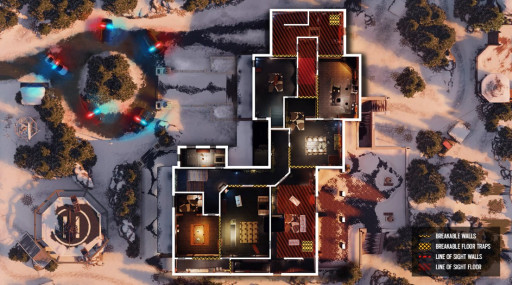
How to learn maps in Siege:
- Play a lot on that map, whether it’s ranked, casual, or custom games.
- The first thing you should focus on is attacker spawn and defender bomb sites.
- Look for default or Valkyrie cameras and what they survey.
- Look for spawn peeks and runouts, and where to place claymores and air jabs.
- Look for common angles and pixel angles.
- Memorise where to place defence gadgets for efficient traps and other gadgets.
- Focusing on the tactical aspect of the map, you always ask yourself, "How can I use this hallway, hatch, or wall to my advantage?
Learning maps takes a while; dozens of hours of ranking and spectating people is no easy task, but it’s worth the effort. It's satisfying knowing that you outsmarted your enemy.
5. Callouts
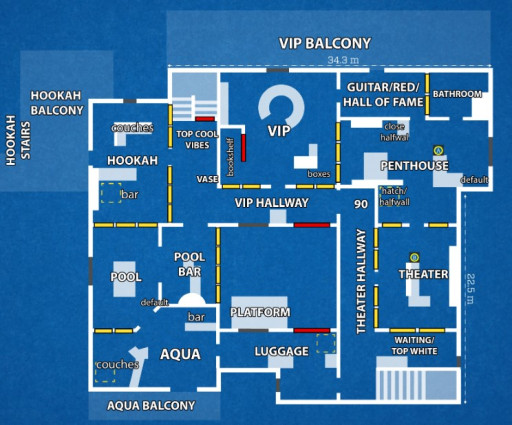
The image above is an example of coastline 2F callouts. What would be better? Calling an enemy on Vase or saying "he’s in the hallway next to you"
"He’s in the hallway" leaves a lot of room for interpretation.
- Which hallway is on which floor?
- Is he in the middle of the hallway or at the far or close end?
- Which player of the five teammates is next to him?
- What can he see?
- Is he moving?
With all these questions to process, your teammate will likely die because he was left to guess where the enemy was; if you said the word "Vase" instead, you would know exactly where he is.
Callouts are named after locations under your compass or after things in that location. Aqua is named after the aquarium, which is blue and has fish. 90 is named after the angle connecting two hallways.
To learn callouts, you need to play with an experienced team or read about them online, as the community has established callouts for all the maps.
4. Prefire
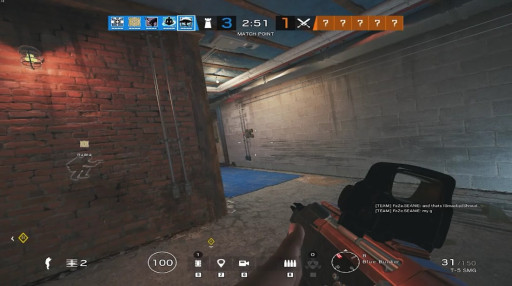
You may ask, "Why risk wasting ammo and exposing yourself? Well, you have to, because Siege is unforgiving if you’re too slow to react. If you know for sure that an enemy is there, then why risk giving him a chance to shoot you?
If you don’t know someone is there, but it’s a common angle everybody uses, then you have nothing to lose if you fire a few rounds at that angle. Best case scenario, someone really is there; worst case scenario, you gave away your location, which can be managed.
If you ever died in a pre-fire and asked "How does he know?", well, he probably guessed you were there or was told. Never take chances; always shoot first.
3. Use sound
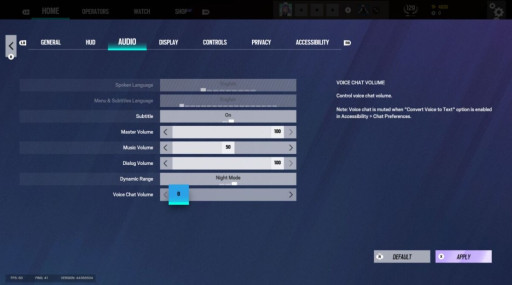
Sound travels accurately in Siege, and it provides a lot of information, like:
- How far a player is
- Above or below
- Standing or crouched, walking or running
- Reloading or not
- If he’s placing a gadget, what gadget is it?
- If he’s droning
- If he’s downed
- If he’s planting
This and so many other sound cues let you know that audio is as important as video in Siege, and in order for you to make good use of it:
- Invest in high-quality headphones.
- Turn down your teammates’ microphones.
- Disable music
- Be quiet both in game and in real life to hear enemies.
- Learn how sound travels through experience and T-hunting/casual
A good player with good sound can shoot you through walls and get the kill because he knows that you’re going northwest, standing, and moving at running speed. Never underestimate sound.
2. Play with better players
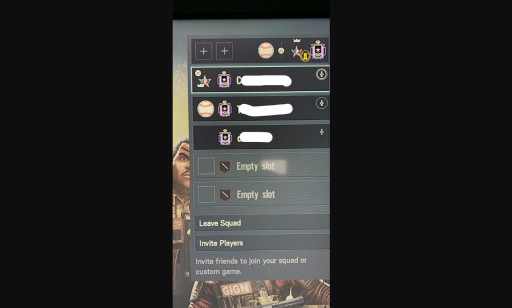
Solo queues can help you master the game without relying on bonus information, but starting from high platinum, an isolated team can never beat a coordinated team.
Look for players around your level or better on Discord or Reddit and team up with them. I highly suggest high-ranking players, not as a boost but as a way to learn new tricks quickly.
Why playing with good players is better than playing solo with players at your level:
- Can spot your flaws
- Can show you angles and teach you about maps faster than you can do it on your own.
- Can help you establish an individual and team strategy.
- Can get you to higher ranks, so you can learn from enemy teams too.
Of course, I’m not promoting de-ranking good players and being a burden, but if you can find that sweet spot between learning from a squad while also holding your own, you’ll be a champion in no time.
1. Put more time into the game
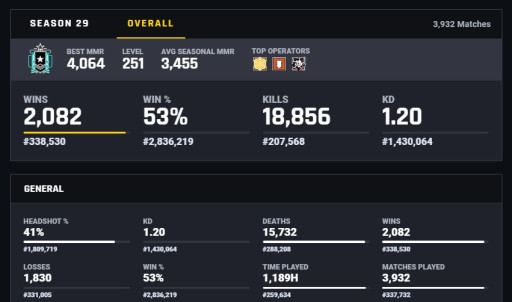
Like flying a plane, mastering anything that requires a lot of learning is done by actually opening a book and reading. The same is true with Rainbow Six Siege; the more you play, the more tricks you learn. The more tricks you learn, the better you get.
My best tip for you, as you can see in the image (my personal stats), is to be exposed to Siege as much as you can, watch Pro League and Siege YouTubers, play with good teammates and enemies, put in the curiosity and effort, and trust me, the reward of getting to Diamond or clutching a 1v5 because you’ve gotten so good at the game is priceless.
Thank you so much for reading. I hope these tips help you get to your goal rank!
v
